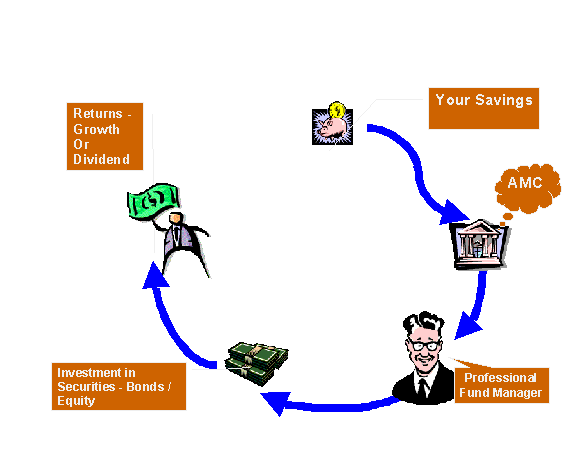What are Mutual Funds and How Do Mutual Funds Work
Post on: 11 Август, 2015 No Comment

April 3, 2009 By victoria
Over 80 million people in America alone have investments in mutual funds. While stock markets generally yield a better return than mutual funds. the mutual fund managers have a certain experience and knowledge that laymen may not be able to muster. Investors can often rely on their managers understanding the market. It is optimal for mutual funds to be invested within domestic and foreign stock mutual funds. fixed-income mutual funds, or income fund equivalents.
History of Mutual Funds
Mutual funds grew popular in the mid 1980s when investors realized that pooling assets together could result in overall lower risks with moderate returns. In fact, such investments have been around for several hundred years. Mutual funds originated in 1774, when Adriaan van Ketwich convinced investors to pool their investments together and minimize risk so that the poor and middle class could contribute. While there were varying kinds of mutual funds and investment funds in the 19th century Holland, Scotland, and United States, the first modern mutual fund was created in 1924 and went public in 1928. The stock market crash of 1929 resulted in many of the then 700 closed-end funds losing their popularity while the small open-end funds grew in popularity. The Securities and Exchange Commission was created in 1933 in part to protect consumers investments in mutual funds.
Mutual funds grew more popular in the 1950s with an escalating interest in the 1960s, where there was an aggressive growth of mutual funds. In the 1970s, a ‘no load fund, which had no sales commission and where the money went straight to the investors, not their managers, grew in popularity as well. The 1980s and 1990s brought with them a bull market mania, as the stock market grew at an even greater pace. Despite the burst of technology bubble and various scandals, mutual funds are still a growing market with more and more nations opening their markets to the world (i.e. China, Vietnam, etc).
Today What To Look For
While it is important to look at the past performances and histories of mutual funds, this is no guarantee of any future success. An investor must be cognizant of (1) the funds sales fees, and expenses, (2) the taxes required when receiving a distribution, (3) the size of the fund, (4) the funds volatility, and (5) changes in the funds operations.
When investing in a mutual fund. the consumer must also carefully review the funds prospectus and shareholder reports. The investor is responsible for (1) scrutinizing the funds expenses and fees, knowing how the fund affects ones tax bill, (3) considering the age and size of fund, (4) considering the turnover rate, (5) understanding appreciating the volatility of the fund, (6) understanding all the risks the fund requires to achieve returns, (7) learning about any changes in the mutual funds operations, (8) investigating the kinds of fees charges and services offered, (9) and assessing how the fund will impact the investors portfolios diversification.
Related posts:
There are numerous kinds of mutual funds that allow investors to receive a secure rate of return with minimal risk. While the funds have various amounts of risk, it still.
There are several kinds of mutual funds that, should the investor conduct research, can bring respectable rates of return called mutual funds without too much risk. Exchange-Traded Mutual Funds The.
While many investors around the world are looking into hedge funds, very few people actually know the defining characteristics of these funds. Here, we’ll take a close look at the.
Nowadays, historically low money market rates are there. Its difficult to find strong money market rates at the bank, so investors are looking elsewhere to get great yields. Here are.
It is possible to avoid Giant Stock losses but as with everything, there are pros and cons. Examining “what if” scenarios in retrospect can only serve to prevent you falling.














